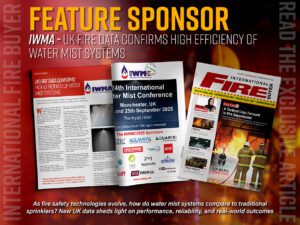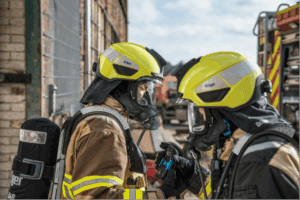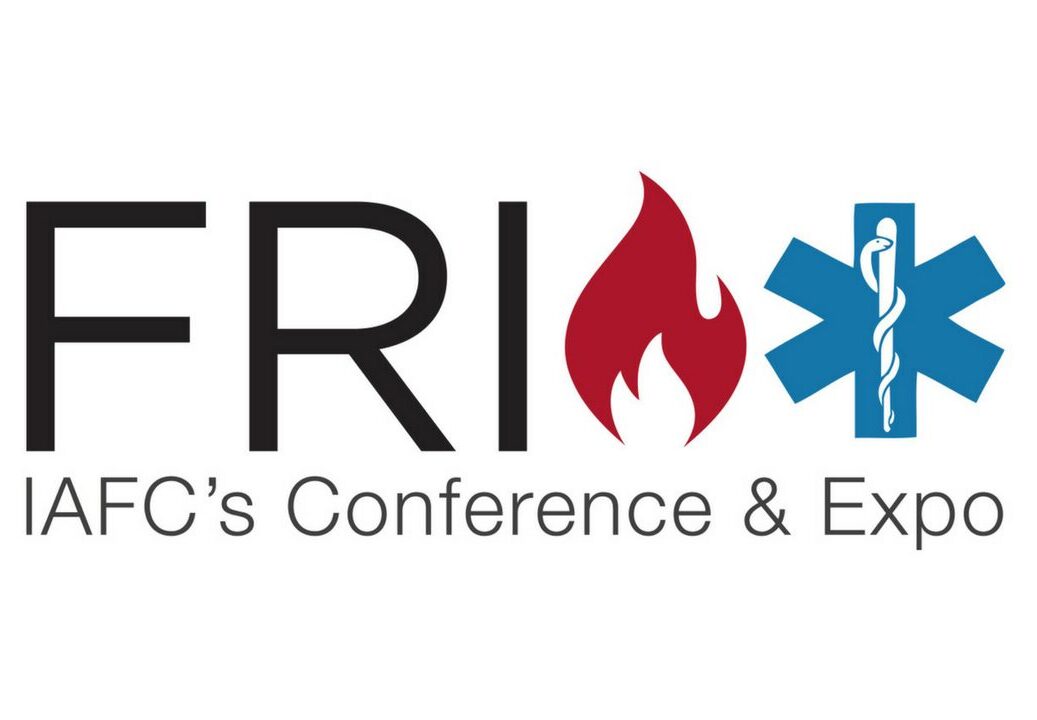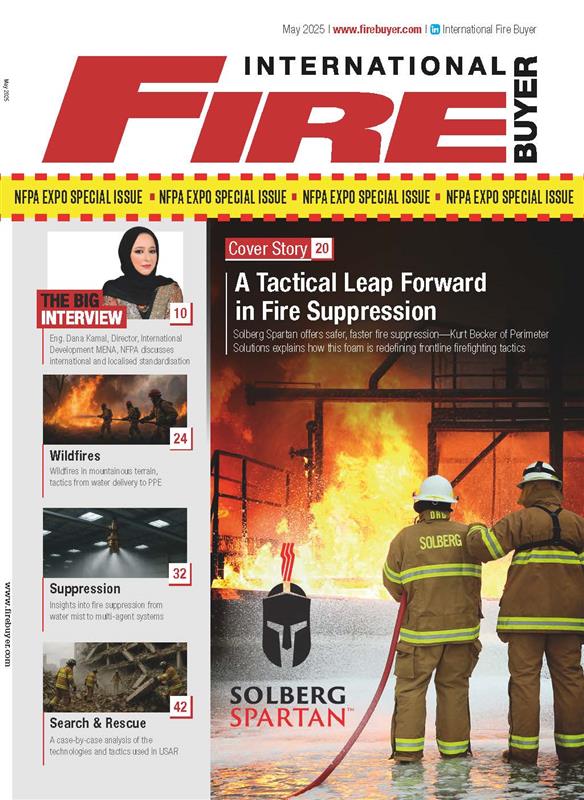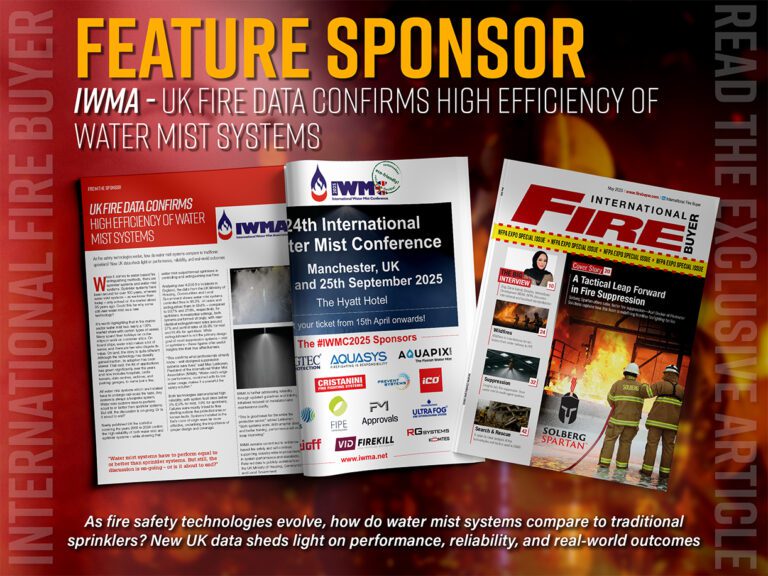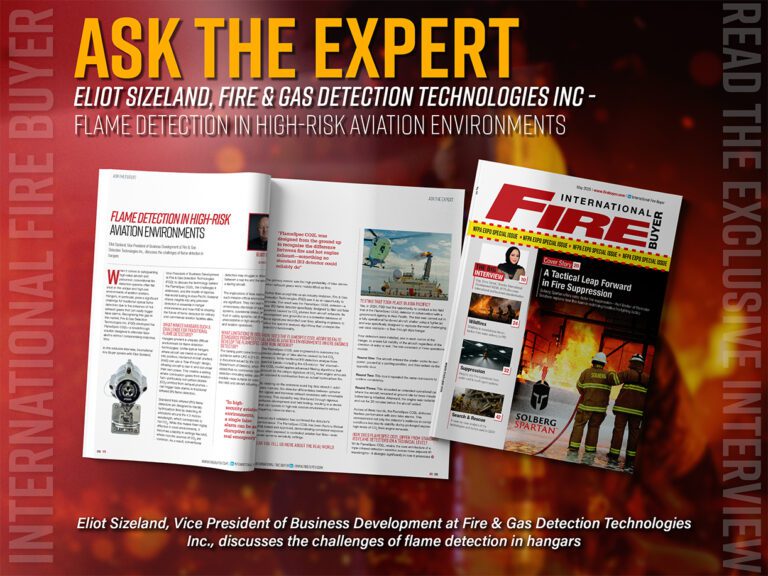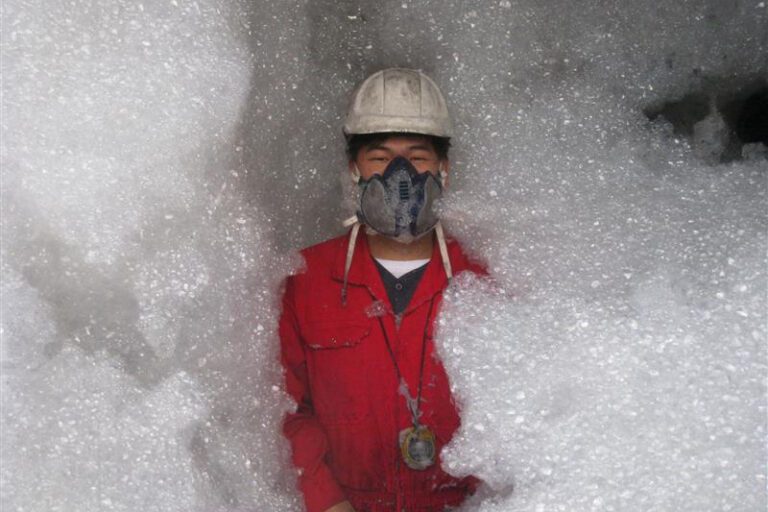The fire safety industry has evolved to incorporate IoT and smart fire detection systems, which provide added benefits to organisations and protection of life
Fire is destructive to property and dangerous to life; therefore, you must protect your family or employees and your property against it by all means. Sometimes the fire may arise when you are not aware, and the best way to ensure the safety of those in the building is installing a system that will detect it early when there is still enough time for everyone to evacuate. There are so many fire detection systems in the market today, making it hard to choose the best, but you can use some help in knowing what to look at when selecting the best. Below are some of the factors to consider when looking for the best fire detection system.
Consider the size of the building you will install the system so that you get the one with enough detectors to cover the inside and outside of the building adequately. Buying a smaller system will incapacitate the system and purchasing a larger system than you need is a waste of money, so know the size of the area you will be covering, and it will help you get the best system for your building.
Choose to buy a flame camera that uses the latest technology so that you will benefit from high ‘intelligence’ that the system has. Technology has led to various improvements on the fire detector systems; therefore buy the latest in the market, and you will get high-quality services that help detect fire threats easily and faster.
Do a thorough fire risk assessment so that it can help establish some of the fire hazards that you have in your workplace or home. This will help you know the nature of the fire hazards you are up against, and you will be able to find a detector system that is most suitable to detect it as soon as they appear.
False alarms are a common problem for the wrongly installed fire detection systems, so make sure the one you choose keeps the possibility of false alarms away by having unique features that will help detect real fire, and you will know when it sounds, it is something for real.
Look for a reputable fire safety and management company to work with, so that you can use their help in identifying the best system that will provide the services you need. From the many fire management companies out there choose the one with the best reputation, and you can rely on to make installations of the detection system in the correct way and advice on different areas you need help.
Smart detection
A smart fire alarm system (otherwise known as smart fire alarm management), makes it easier to manage fire alarm systems and stay on top of your responsibilities for fire safety. The right system will integrate your existing fire alarm panel to capture and report alarm activity. This will help you ensure that your detection and alarm systems are fully operational and help you stay compliant with legal regulations.
From a safety perspective, a smart fire alarm system can buy you precious time in the event of an emergency by sending instant alerts to the person responsible and everyone else on-site, even if it’s for multiple sites. But the benefits don’t end there…
The smart system can heavily reduce your workload by automating routine tasks such as weekly testing and maintenance reports. It also supplements conventional logging methods – traditionally pen and paper – by delivering the results on software. This helps businesses and building managers save time and money on testing their fire alarm systems – weekly fire alarm tests are a legal requirement in some places.
With the help of a smartphone app or software that can be accessed via a web browser, the owner can easily pull the right records and review the data. Also, the good news is that data can be stored off-site so will always be safe from the threat of a fire emergency on your premises.
That data can provide vital insights into the health of the fire detection and alarm systems you have on-site. This can help bring down the costs of regular maintenance and troubleshooting, as your service provider will be better prepared prior to the visit.
As you can see, there are several key benefits a smart fire alarm system can provide. As well as reducing your workload and saving money, the most important thing is that the people, property, and assets you are responsible for are protected. With all those benefits, you may worry that it’ll be complicated to install a smart fire alarm system in your building, but it may be simpler than you think.
One of the benefits of a smart fire alarm system is that it can be integrated into an existing fire detection and alarm system. That means you won’t necessarily need to replace any equipment you already have on-site to upgrade it.
Smart fire alarm systems work by connecting your existing systems using a gateway device. This then sends data to cloud-hosted software that can be accessed by the user. The software can send data and notifications directly to the user and can also be accessed by them whenever required.
The smart system is compatible with most commercial fire alarm control panels too, so there is a good chance you can easily add it to your existing system.It’s a non-intrusive add on to an existing fire detection and alarm system it does not interfere, but enhance the performance of the Life safety fire alarm system.
Naturally, this makes it a cost-effective and easy way to connect any number of disparate systems. This is helpful in any building, but especially supportive if you want to optimise the management of fire safety for multiple buildings or multiple sites.
Smart alarms
The concept is simple: A smoke alarm that tells you there’s a fire nearby is great, but a smoke alarm that tells you there’s a fire no matter where you are is even better. Smart smoke and carbon monoxide (CO) detectors are one of the most useful categories of smart home gear on the market, mainly because they offer a clear advantage over “dumb” versions of the same product. And if you have a second home or travel frequently, the additional peace of mind they can provide is invaluable.
Once installed and powered up, you download the relevant app and connect to the device wirelessly. Then, when the alarm goes off, not only do you receive an audio alert—many include helpful voice instructions instead of just a siren—your smartphone also tells you what the problem is (whether it’s smoke or CO, which alarm was activated, and sometimes even the severity of the smoke). Many smart smoke detectors hook into additional smart home gear and IFTTT, so you can get even more clever by having the lights start flashing if smoke has been detected, for example. Perhaps the biggest benefit of a smart smoke detector: No more hunting down midnight chirps, since you’ll also get phone-based notifications about dying batteries.
For example, the Nest Protect is one of the most mature smart smoke alarms on the market, and is a sophisticated and reliable smart smoke detector. Alarms are varied, integrated lighting is color-coded based on the type of threat, and the product includes helpful voice alerts when activated. If you have additional Nest gear at home—such as a Nest thermostat—things get even savvier, as you can configure the Protect to shut off your ventilation system if it detects smoke, a potential life saver.
IoT
New IoT sensor technologies with miniaturised form and multi-sensing capabilities satisfy specific requirements of new and historic facilities – as they can be easily retrofitted without modifying or burdening the structure. Additionally, low-power wireless solutions allow these sensors to stay connected on independent batteries for years – eliminating any complex, dangerous wiring. IoT data is powerful in helping combat a fire disaster or even prevent it from happening altogether.
Hazardous source monitoring and early fire warnings: Buildings under renovation or construction are highly susceptible to fire threats. Renovation work often entails the use of blowtorches or welding torches to solder pipes or metal-roof components. Drops of hot molten materials are an inherent risk, but even induction heat can ignite a fire in older buildings constructed with highly flammable timber. What’s more, the danger isn’t just limited to where the work takes place. Pipes can indeed transport the heat to other building parts where a flame can break out after hours of smoldering. Besides threats from renovation activities, overheat and malfunction of electrical cables and equipment also play a role in triggering fires.
In this context, IoT sensors can be deployed to continuously monitor electrical systems and identify any active heat sources that are invisible to the naked eye. Once a temperature spike is detected, an alert is immediately sent for relevant inspections to avoid potential catastrophes. IoT temperature sensors also outweigh traditional smoke detectors by detecting ignited fires much faster – even before they emit smoke. In an emergency when every second counts, the sooner an alarm is set off, the more the consequences can be mitigated.
- On-Site situational assessment: Once a fire breaks out, IoT data can support firefighters’ strategic decision in what equipment and approach would be most effective to battle it. Heat-proof sensors can communicate where the fire starts off, its intensity, nature and spreading patterns, as well as whether there are any occupants in the fire zone. Knowing what is happening on the ground in real-time, enables streamlined firefighting and evacuation effort to minimise damage and fatalities.
- Management of fire safety equipment: Ensuring critical safety equipment is available when they are most needed, is no doubt a top priority. Smart fire detectors and alarms can report whether they are running low on battery for timely and efficient maintenance. IoT sensors can additionally indicate if a fire extinguisher is missing, or whether a fire door is left open and the automatic sprinkler system still functions properly – in buildings with more sophisticated safeguarding instruments. Digitised management of safety-critical assets eliminates human errors and costs associated with manual checks while providing much higher asset visibility.
An IoT-enabled fire safety network doesn’t have to cost a fortune to be deployed. Emerging wireless options like Low Power Wide Area Networks (LPWAN) can deliver peace-of-mind with lower capital and operational expenditures. Having said that, reliability, scalability and power efficiency are similarly important network criteria. At the end of the day, it is worth investing in an effective safety system rather than watching valuable properties falling into ashes.
Commentary: Warren Moyle, Senior Technical Support Engineer, Apollo Fire Detectors
Fire and Security systems are usually separate. However, on larger systems, sometimes they must work together. Particularly if there are secure doors and access control systems in place.
This might be done through a Building Management System (BMS) or simply through interfaces fitted onto the Fire Alarm System.
For example, when the Fire Alarm activates, secure doors might need to be unlocked and access-controlled doors opened.
There might also need to be signals sent to internal and external security bodies. Internally, to alert Security guards to assist in evacuating the building and directing Fire Fighting teams if required, and externally to send warnings to monitoring stations.
Fire Alarm System Commissioning Engineers would need to work closely with BMS Engineers or Security Engineers to ensure that the systems were integrated correctly so that evacuation from the building can occur without delays or barriers.
In addition, you could add separate Fire Alarm Systems to this mix, so for example, in a large shopping complex, shops may have their own Fire Alarm Systems. Again, the use of interfaces and BMS could be used to link these systems together. This is usually simpler when the systems share the same protocol. However, it can still be done, even with separate manufacturers protocols.
Commentary: Mandy Bowden, Comelit Fire BDM
What is demonstrated with fire safety in our recent Art Hub Studios case study is the significance of regular fire safety checks and the ability with approved installers and Comelit Atena systems to react quickly when required. Beam detectors are definitely an added advantage, and as demonstrated by Art Hub Studios, are suitable in buildings where point detection is not suitable for use due to the height of the building.
A single loop solution is a compact, entry level fully addressable system. The system can accommodate up to 500 devices over 2 loops, making it ideal for small to medium applications, with a fully functional networked opportunity to expand with a facility or building requirement.
We also installed eight beam detectors at the studios, equipped with an integral laser and set of passive reflectors to allow for simple auto-alignment which made the install much simpler. It all amounts to a seamless customer experience from risk identification to project completion, and knowing the difference in solutions relevant for your individual organisation/circumstance.
Iain Cumner, Sales Director, Patol
In the past, thermal imaging was seen primarily as a specialty technology. As a consequence, a common misconception among fire and security integrators and end users is that thermal imaging is applicable in only a few very specialist environments. However, such thinking is now changing with systems based on infrared camera technology increasingly enhancing fire and security measures across many transportation projects, improving protection of people and property all over the world.
Adoption of thermal solutions at some level in transportation applications is growing at a much faster rate than previously. There is a greater appreciation of the benefits the technology offers in a wide range of transport environments in terms of both fire and security. An example is airports which are characterised by the need to monitor large areas, as well as having extensive perimeter fence lines that need tight security.
Effective fire prevention, detection and control saves lives, as well as reducing the costs of consequential damage and the potential and sometimes severe ongoing effects in terms of business continuity.
To stay up to date on the latest, trends, innovations, people news and company updates within the global fire market please register to receive our newsletter here.
Media contact
Rebecca Morpeth Spayne,
Editor, International Fire Buyer
Tel: +44 (0) 1622 823 922
Email: [email protected]








